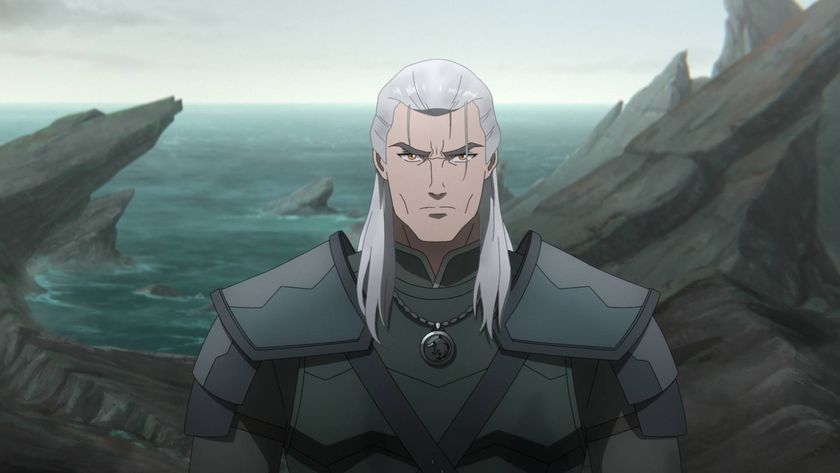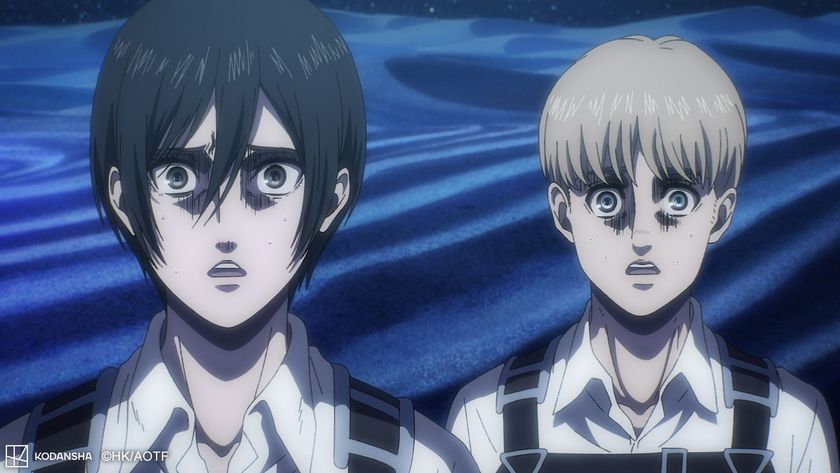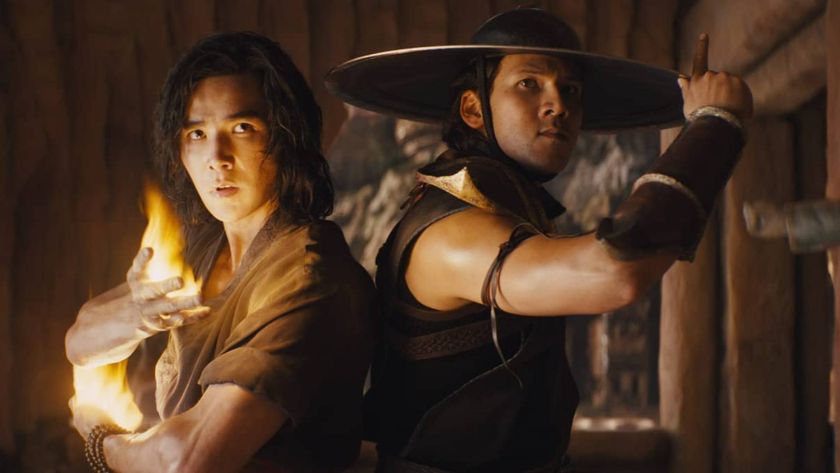The best Ghost in the Shell Easter eggs we could find (from the original anime and more)
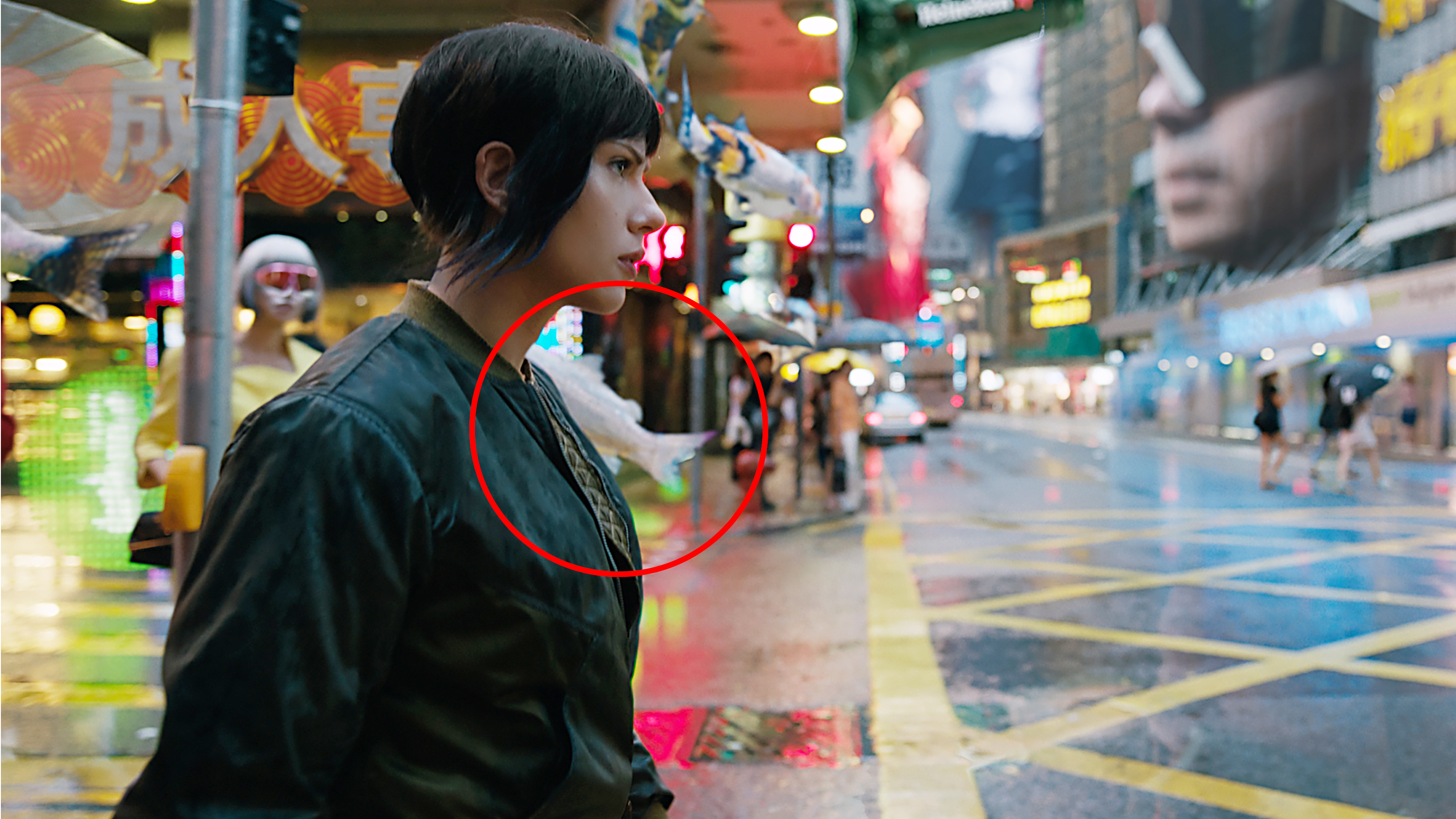
Rupert Sanders’ live-action remake of Ghost in the Shell has caused a bit of a stir over its ‘whitewashing’ and reports of CGI testing to make its white actors appear more Asian. Yet with debate also comes anticipation. Based on Mamoru Oshii’s 1995 anime classic of the same name, there’s been considerable buzz in the build-up to its release. And as with many reboots, sequels, and general franchise extensions (Rogue One being the most recent example), we can expect plenty of nods and winks in the form of Easter eggs and hidden references. Some are more subtle than others, but here are the most stand-out ones I found. Be warned, spoilers to follow.
Aesthetics of a Geisha
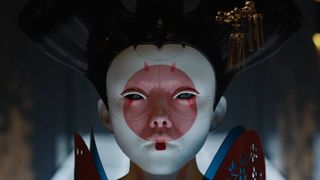
As seen in the trailer, the film employs some creepy-looking, robotic geishas that serve the elite but seem like they could lash out at any given moment – which is precisely what happens. The ceramic-faced mute at the heart of the attack is straight out of 2004’s Ghost in the Shell: Innocence. Based on the human-looking geisha in episode 1 of the series, the white face and ruby red lips are a dead giveaway. In Innocence we know she turns out to be a robot when the face opens into quarters, revealing its terrifying muscular circuitry. Here, we see the bottom section spring open as it attempts to hack into one of the guests at the elitist dinner.
Abduction
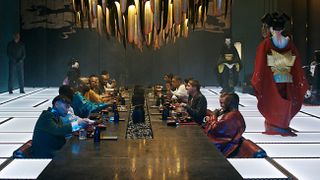
Speaking of which, the entire scene featuring psycho geishas is a mixture of Oshii’s Ghost in the Shell original and a hostage scene from 2005’s Ghost in the Shell: Stand Alone Complex - The Laughing Man. The scene plays out as part of an impressive, action-packed sequence that sees a handful of geishas assassinate their wealthy guests. The one at the centre of things grapples Michael Wincott’s uncredited character into a headlock and drags him backwards to a safe corner in order to hack his mind. The sequence inventively combines The Laughing Man’s geisha attack with the original’s opening scene where Major hurls herself off the top of a building and assassinates a protected diplomat.
High-rise skydive
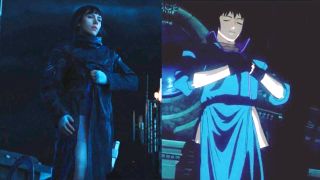
Which leads us to that iconic moment and arguably the one most synonymous with Ghost in the Shell: the building descent. The start of Oshii’s anime begins atop a structure in the dense, intimidating high-rise of the city. Major removes her overcoat to reveal her nude ‘bodysuit’ that allows her to camouflage. It’s shot for shot straight out of the 1995 film; as she embarks on a 180 degree jump and skydive into the neon cityscape. The only difference being a stylistic choice whereby the anime has her descend off-centre and in an angular frame, whereas the live-action opts for a centred approach.
Blade Runner-inspired
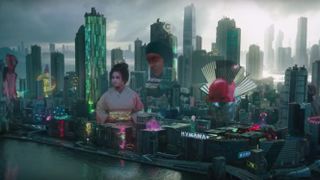
Ghost in the Shell came out in 1995; 13 years after Ridley Scott’s Blade Runner and took some obvious inspiration from it. What’s striking is how visually similar the cities appear and how the aesthetic instantly reminds you of Scott’s futuristic, grubby, bustling dystopia.
The Dark Knight's sonar scanner
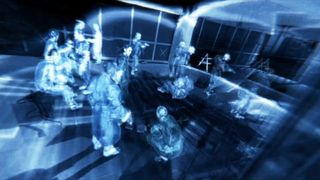
I got the impression plenty of movies are referenced at various points in Ghost in the Shell, but what’s particularly striking is the moment when Major scans a building for assessment - it’s straight out of Chris Nolan’s The Dark Knight where Batman uses military technology to scan a floor full of goons in order to strategically enter and pacify the threat. We see a similar approach from Major.
The Matrix revisited?
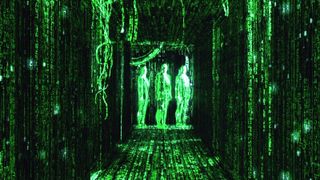
There’s also a clear Matrix influence, in reference to its familiar green ciphered coding as well as the aforementioned building scan – specifically, it’s reminiscent of The Matrix: Reloaded’s intrusive orgasm scene in terms of visuals. The Wachowskis were heavily influenced by Ghost in the Shell while first making 1999’s The Matrix, so the inspiration has come full circle.
Sign up to the SFX Newsletter
Get sneak previews, exclusive competitions and details of special events each month!
Fish out of water
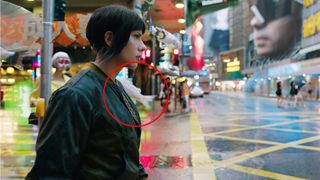
We see holographic fish at several points in the story – whether it’s from afar as we gaze upon the vastness of the city, or during moments where Major traverses the crowded streets. It’s a metaphor for how she’s trapped in her own reality, as we learn how isolated Major is feeling within her shell. Unable to escape, the fish represent her struggle to break free from her foreign exterior (aka her goldfish bowl) to discover who she really is.
Westworld-inspired
Sanders acknowledges the similarities between his film and HBO’s sci-fi series Westworld; having discussed simultaneous projects with next door neighbour (and Westworld writer) Jonathan Nolan. If you’ve seen the latter, you’ll be aware how Hosts – the show’s artificially intelligent, robotic characters – are created in huge machine-controlled labs. Ghost in the Shell offers a similar building process, using white liquids to cover an entire sculpt which echos that of the show. They both submerge AIs in huge vats of white lubricant, before gradually emerging completely covered. The similarities are particularly striking.
Waking up at home
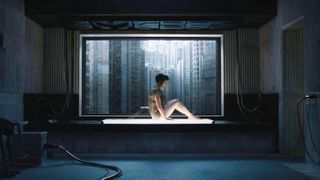
While the live-action effort jumbles the anime’s narrative chronology and adds elements from the franchise as a whole, some bits are purposefully identical. In fact, the scene where Major wakes up in her dimly lit, sparsely decorated apartment is spot on. It recreates the minimalist shot of the dingy, one room and big open window, offering the same backlit framing - its intent obvious.
An iconic score
During Major’s shelling sequence near the start, and as per the ’95 version, we hear the chiming of a haunting score that sounds familiar to Kenji Kawai’s eerily composed music (and shrieking vocals) fans will instantly recognise. The soundtrack throughout the film pays tribute; with high-pitched vocals and thudding acoustic instrumental beats that prove unmistakable.
Garbage trucking
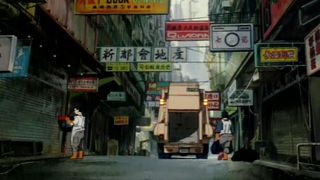
For those familiar with the anime movie, the garbage truck chase scene comes very early on. Here, it not only plays out differently, but is slotted into the story further down the line. We’re still given that familiarity, even though the live-action version feels tonally different and treads it elsewhere. It doesn’t utilise the garbage truck as prominently; instead uses it as a more subtle plot device.
Rage against the machine
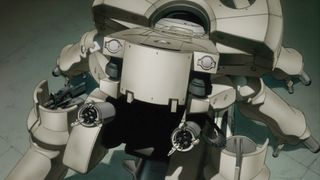
Who can forget when Major’s attacked by the giant reinforced tank? Well it’s back, but its presence is more of a wink than being purposefully introduced. The anime sees the bug-like tank as a defensive weapon to protect the car housing Puppet Master during the climax. Yet despite its appearance and without any context, it still moves the plot along in the same manner.
Mixing villains
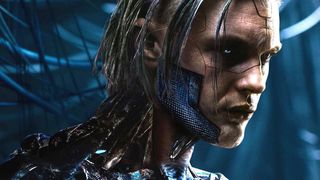
Despite no mention of Puppet Master - he plays a huge role as the antagonist in the original - 2017 sees Hideo Kuze (played by Michael Pitt) as the live-action villain. His character is actually from Standalone Complex, where he forges a bond with Major, as elements of that unravel in this version. Here, he’s a blend of characters and the filmmakers’ own creation. Sanders explains: “We’re not doing Puppet Master. It’s not Laughing Man. It involves Kuze. The Kuze story.”
Most Popular






